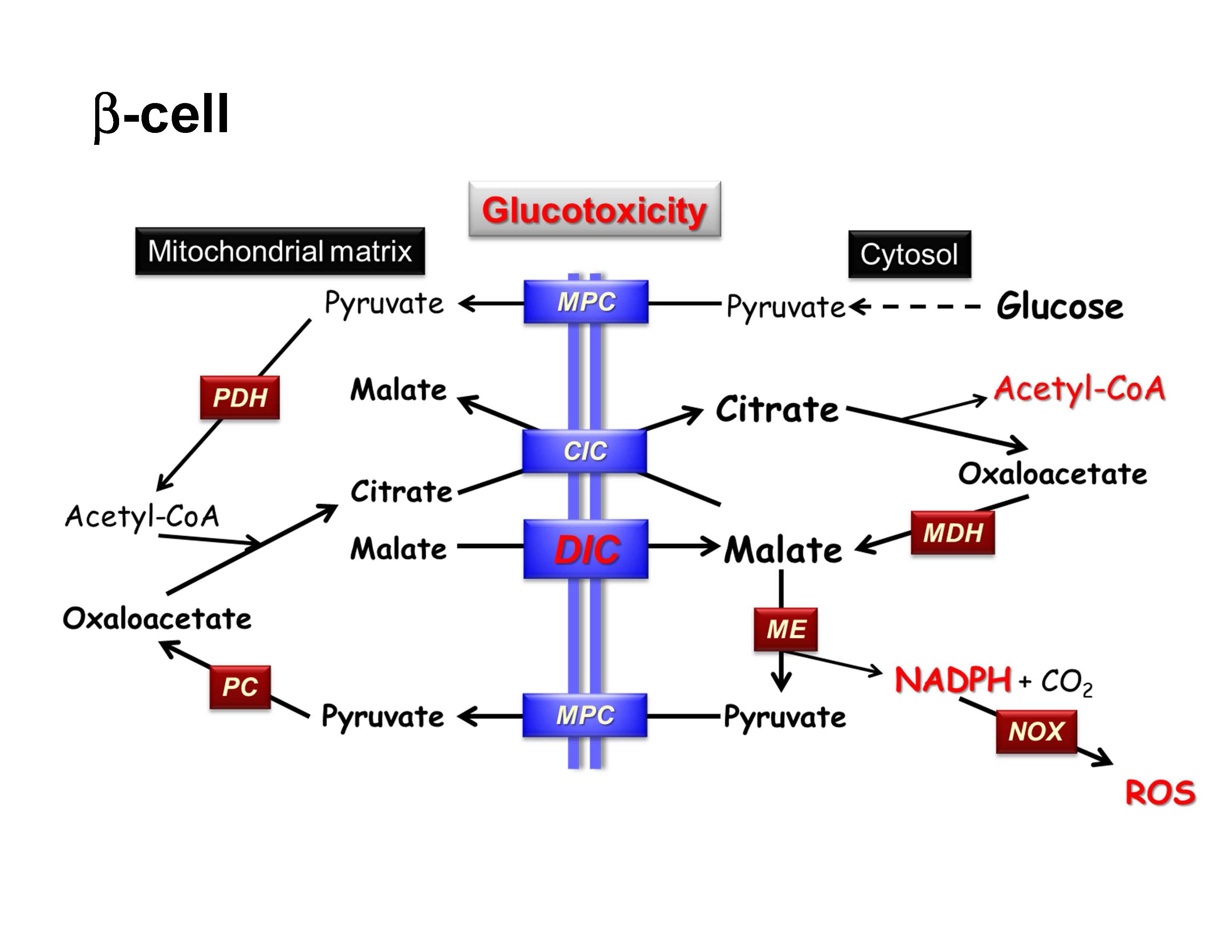Maechler group publishes review on the role of beta-cell mitochondrial carriers and diabetes
The Maechler group recently published a review article in Biochim. Biophys. Acta BBA Molecular Cell Research entitled “Beta-cell mitochondrial carriers and the diabetogenic stress response” (Brun, T. and Maechler, P.). This review describes the last advances regarding the role of mitochondrial carriers in beta-cells and their selective changes in response to glucolipotoxic conditions that participate to the development of type 2 diabetes. This is part of a Special Issue entitled: "Mitochondrial Channels" edited by Professor Jean-Claude Martinou.

Abstract: In pancreatic ß-cells, mitochondrial carriers play a central role in the coupling of glucose metabolism with the exocytotic machinery. Mitochondria translate glucose levels into signals controlling the rate of insulin exocytosis. This requires transport of molecules in and out of the mitochondria. In conditions of pre-diabetes, chronic elevation of circulating free fatty acids and frequent episodes of hyperglycemia promote alterations of the ß-cell, potentially leading to ß-cell death. In this review, the Maechler group discuss the importance of the transfer of metabolites (pyruvate, citrate, malate, and glutamate) and nucleotides (ATP, NADH, NADPH) for ß-cell function and dysfunction. The molecular identification of mitochondrial carriers and their respective contribution to ß-cell function have been uncovered only recently. Recent reports by the Maechler group have shown that glucolipotoxicity induces early changes in the expression of mitochondrial components, in particular of metabolite carriers. Upon glucotoxic conditions, up-regulation of a selection of mitochondrial carriers (CIC, GC1, UCP2, AGC2 and DIC), which favor export of metabolites out of the mitochondria, may lower the catabolic pressure of glucose on mitochondrial oxidative activity, suggesting a mitohormetic response. Recent advances in the characterization of mitochondrial carriers may pave the way for new treatments of type 2 diabetes, targeting mitochondrial function.
Figure: The pyruvate/citrate shuttle and its adaptation to glucotoxicity. In glucotoxic conditions, upregulation of the carrier DIC favours export of malate, promoting export of citrate and the provision of cytosolic acetyl-CoA and NADPH. These are substrates for de novo fatty acid synthesis and ROS, potentially harmful for ß-cell function.
For more information please contact Thierry Brun or Pierre Maechler
Posted by: T. Brun, P. Nunes
25 Apr 2016